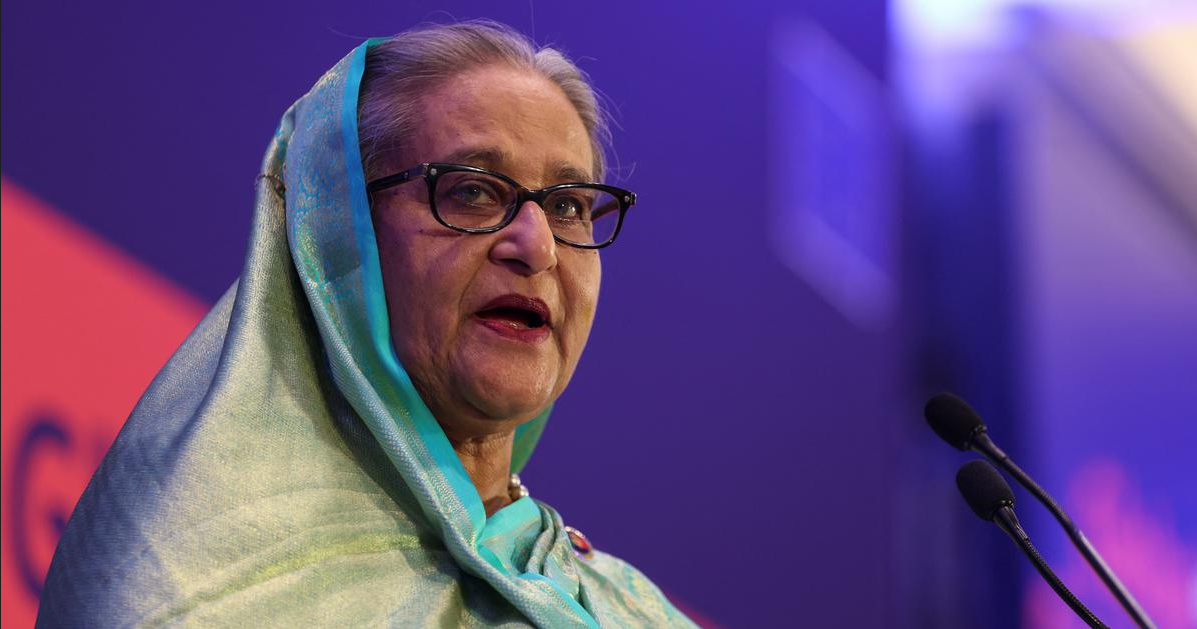Prime Minister Sheikh Hasina has resigned and fled the country following anti-government protests in which hundreds of people have been killed
According to the BBC, Hasina, 76, and her sister have been taken by army helicopter to safety. Hasina’s whereabouts are unclear – she’s thought to be heading to India.
This brings an end to the reign of Bangladesh’s longest-serving PM, who has wielded a tight grip on the country for more than 20 years in total.
Bangladesh’s army chief Waker-uz-Zaman confirmed the new state of affairs in a televised address to the nation.
Waker-uz-Zaman said an interim government would be formed. He added that he was going to meet President Mohammed Shahabuddin, and was hoping that a “solution” would be found by the end of the day.
The army chief said he had already spoken to the country’s opposition political parties.
It is not clear who will head the government.
Waker-uz-Zaman also vowed “justice” for all the Bangladeshi people – something protesters have been demanding following the deaths of hundreds of people over the last few weeks.
Huge crowds of cheering protesters stormed her official residence in the capital Dhaka, despite a curfew and internet clampdown.
Footage has emerged showing protesters looting the Prime Minister’s residence in the capital Dhaka.
Bangladesh’s Channel24 broadcast footage of ecstatic protesters breaking into Hasina’s residence in Dhaka, with some waving to the camera as they streamed into the compound.
Some of the demonstrators were seen carrying chairs and what looked like a sofa from the Ganabhaban residence.
Jubilant crowds have also taken to the streets in Bangladesh, celebrating the departure of long-term Prime Minister Sheikh Hasina.
Crowds waved flags as some demonstrators danced atop a parked tank in Dhaka, AFP news agency reported.
At least 90 people were killed on Sunday in clashes between police and protesters, taking the death toll in recent weeks to more than 300
The bloodshed is some of the worst the South Asian country has seen since it came into being in 1971
The student protest began in July with calls to abolish civil service job quotas, but spiralled into demands for Hasina to quit after over two decades in power.


